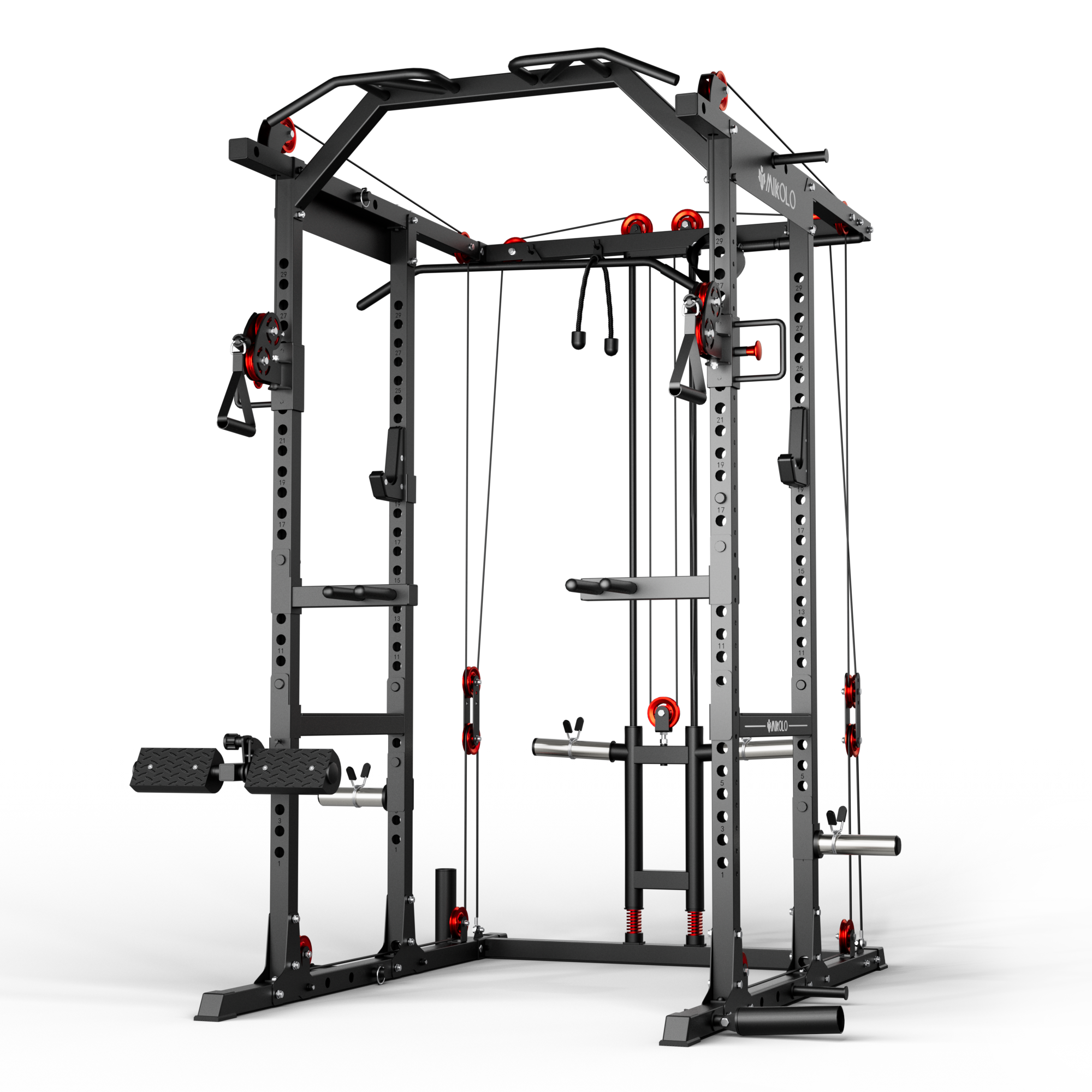Setting up a home gym on the second floor is more common than you might think. With more people working out from home, many are turning spare bedrooms, lofts, or upstairs offices into personalized training spaces. But the question remains: is it safe to put gym equipment upstairs?
Let’s break down the key considerations—and solutions—for creating a second floor home gym that’s both effective and structurally sound.
Is It Safe to Put a Gym on the Second Floor?
The short answer? In most modern homes, yes. Most second floors are built to handle at least 40 lbs per square foot of live load, which is typically enough for standard home gym equipment. However, the type of equipment, the weight distribution, and your home’s construction are all factors to consider.
If you're wondering, “can you put a squat rack upstairs?” or even a power rack in your bedroom, the answer often depends on two things:
-
Total weight, including plates
-
Concentration of that weight on a small footprint
Choosing Equipment for Your Second Floor Gym
Not all gear is created equal when it comes to upstairs use. Here's a breakdown:
Good Options for a 2nd Floor Gym:
-
Adjustable dumbbells
-
Resistance bands
-
Foldable benches
-
Ellipticals (Yes, you can put an elliptical on the second floor—they’re typically safe if placed on a stable floor and not overly heavy)
-
Rowers and bikes with rubber mats
Be Cautious With:
-
Full-size power racks
-
Squat racks on second floors
-
Treadmills with high impact
If you're asking, "can you put a squat rack upstairs?", it's possible—but it depends on the model. Lightweight squat stands or half racks are generally safer than commercial-grade cages.
Tips for Building a Safe and Quiet Upstairs Gym
-
Distribute Weight Evenly: Use rubber mats or plywood platforms to spread load across more floor space.
-
Check the Joists: Position heavier equipment near or over load-bearing walls.
-
Use Noise Dampening Gear: Drop pads and rubber flooring help minimize vibration and noise, especially if you’re lifting.
-
Avoid Dropping Weights: Use controlled movements to preserve your flooring—and your relationships with neighbors or housemates!
Pros of a Home Gym on the Second Floor
-
Convenience of working out in a bedroom, loft, or office
-
Makes use of underutilized space
-
Keeps your garage or basement free for other uses
Things to Watch Out For
-
Noise transfer to lower levels
-
Floor reinforcement (consult a contractor if you're unsure)
-
Space limitations for larger machines
Final Thoughts: Should You Build a Second Floor Gym?
If you’re asking, “can you put a home gym on the second floor?”, the answer is yes—with some planning. Many people have successfully built a home gym second floor setup that includes dumbbells, benches, bands, and even squat racks upstairs. Just be smart about equipment weight, placement, and sound control.
Whether it’s a small upstairs gym for yoga and bodyweight training or a full second floor home gym with lifting gear, it’s entirely possible to make it work—safely and effectively.














































Leave a comment
This site is protected by hCaptcha and the hCaptcha Privacy Policy and Terms of Service apply.